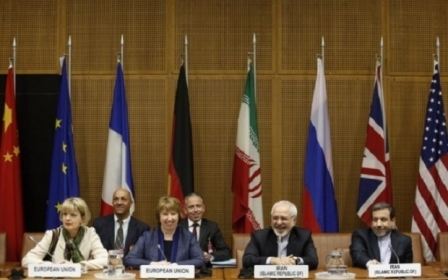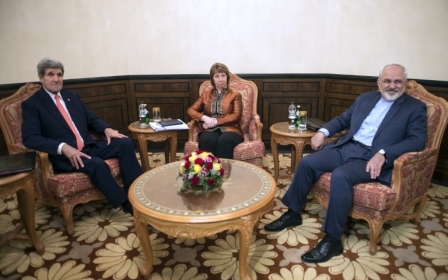Five questions about Iran and P5+1

What is Iran’s nuclear programme?
Iran maintains that its nuclear programme is only for peaceful purposes, but other world powers are mistrustful of Iran’s intentions and believe that it is attempting to develop nuclear weaponry. In 2009, the Supreme Leader Ayatollah Ali Khamenei stated, “We fundamentally reject nuclear weapons, and prohibit the use and production of nuclear weapons.”
Iran is rich in uranium, and has referred to the Nuclear Non-Proliferation Treaty that allows signatory states to enrich uranium in order to use it as fuel for power generation. However, the US suspected that Iran had a secret nuclear weapons programme in 2003 that was abandoned once it was discovered.
Who are the P5+1 and what was the agreement reached between them and Iran?
The P5 are the permanent members of the UN Security Council (the US, UK, Russia, France and China) plus Germany. After the election of Hassan Rouhani to presidency in 2013, an agreement was reached between P5+1 and Iran to implement the Joint Plan of Action (JPOA.)
This agreement is a first-step, six-month deal that freezes Iran’s nuclear programme. This consists of:
·Daily inspections by the International Atomic Energy Agency (IAEA) on Iran’s Natanz and Fordo facilities, it will also have access to both plants’ components and storage facilities.
·Iran stopping all construction at Arak’s heavy water reactor.
·Prohibiting the installation and activation of new centrifuges.
·Halt all uranium enrichment to no more than 5%. Uranium enrichment at 90% means that it is ready to be used as a nuclear weapon. At a 3.5% enrichment, the uranium can be used as fuel for nuclear power plants. Iran had a stockpile of 20% enriched uranium, which it has converted into oxide form in July 2014.
What will Iran get out of it?
Iran will get a reversible sanctions relief of around $US6 billion, including $US4.2 billion in revenue from oil sales in foreign accounts. Sanctions would be lifted from its oil assets, auto-sector, and gold and precious minerals resources.
Sanctions by the US, European Union, and the United Nations have hindered the development of Iran’s economy. In 2010, the Comprehensive Iran Sanctions, Accountability and Divestment Act allowed the US to annul the importation of “certain foodstuffs and carpets of Iranian origin”.
The UN has issued a number of resolutions against Iran in 2006. Furthermore, the EU has banned all trade with Iran’s gold, diamonds and precious metals, and froze assets of Iran’s Central Bank in the European Union.
What does a country need in order to build a nuclear weapon?
Three components are required to have a nuclear bomb or weaponry:
·Weapons-grade fissile material, such as enriched uranium or plutonium isotope production.
·Bomb/warhead, which will need to be developed.
·Delivery vehicle, in the form of ballistic missiles, which the US believes to be Iran’s preferred technique of dispatching nuclear bombs.
What happens now?
The latest round of talks took place in Muscat, Oman on 10 November between US secretary of state John Kerry and Iran’s foreign minister Javad Zafir. The next day, Iran met with the rest of the P5+1, where it was announced that a deal was reached with Russia to build two more nuclear reactors in the south of Iran, bringing the total amount of reactors to eight.
The deadline for the talks is 24 November, but headway is yet to be made. Iran wants less restrictions on its nuclear activities and further clarification on when the sanctions will be lifted, and the US is still not completely convinced that Iran will not use its nuclear power to develop bombs and weaponry. A spokesperson for the US state department described the talks as “tough, direct and serious”, while Iran’s deputy foreign minister Abbas Araqchi was quoted by state media saying, “To reach a result by November 24 is very difficult but we do not despair.”
New MEE newsletter: Jerusalem Dispatch
Sign up to get the latest insights and analysis on Israel-Palestine, alongside Turkey Unpacked and other MEE newsletters
Middle East Eye delivers independent and unrivalled coverage and analysis of the Middle East, North Africa and beyond. To learn more about republishing this content and the associated fees, please fill out this form. More about MEE can be found here.




